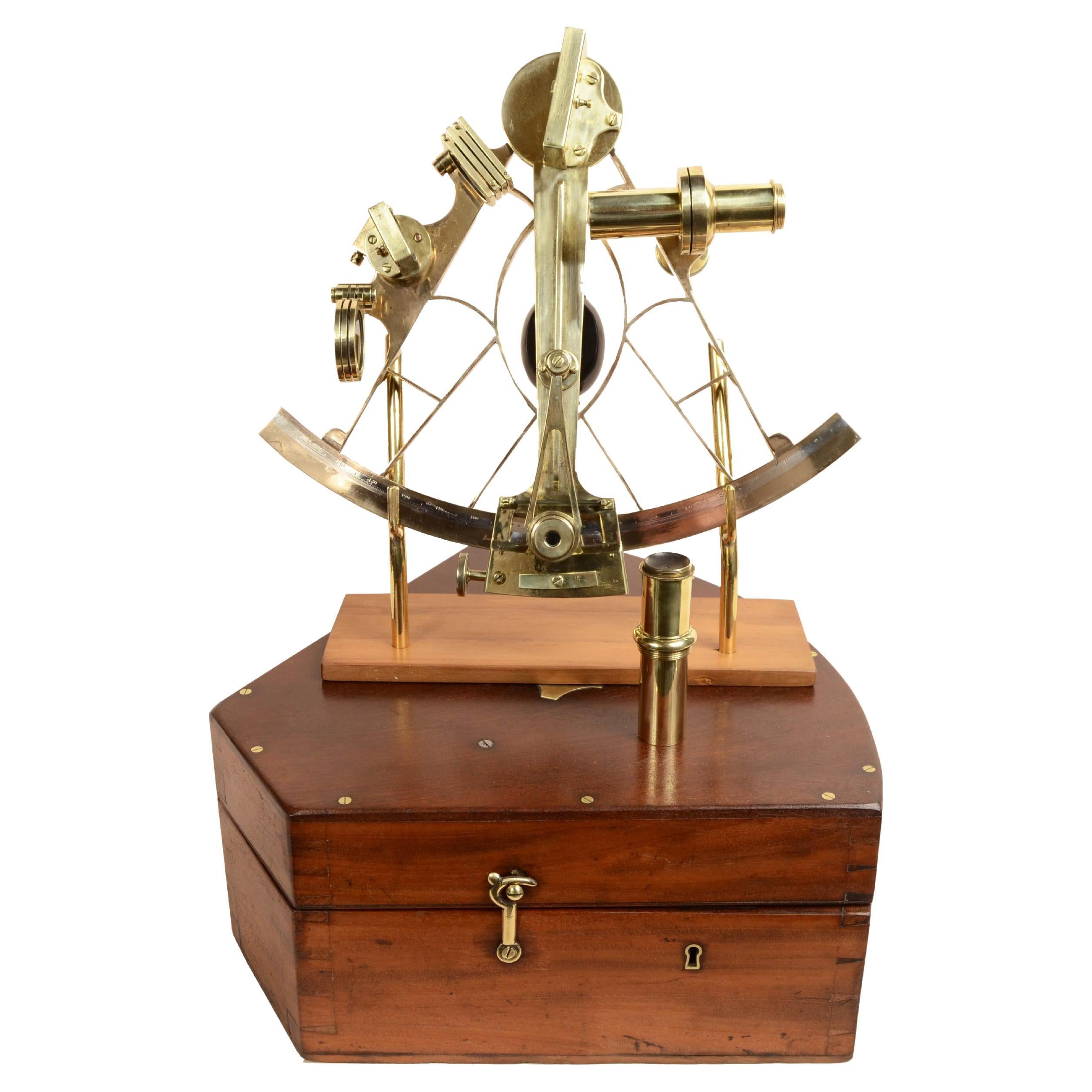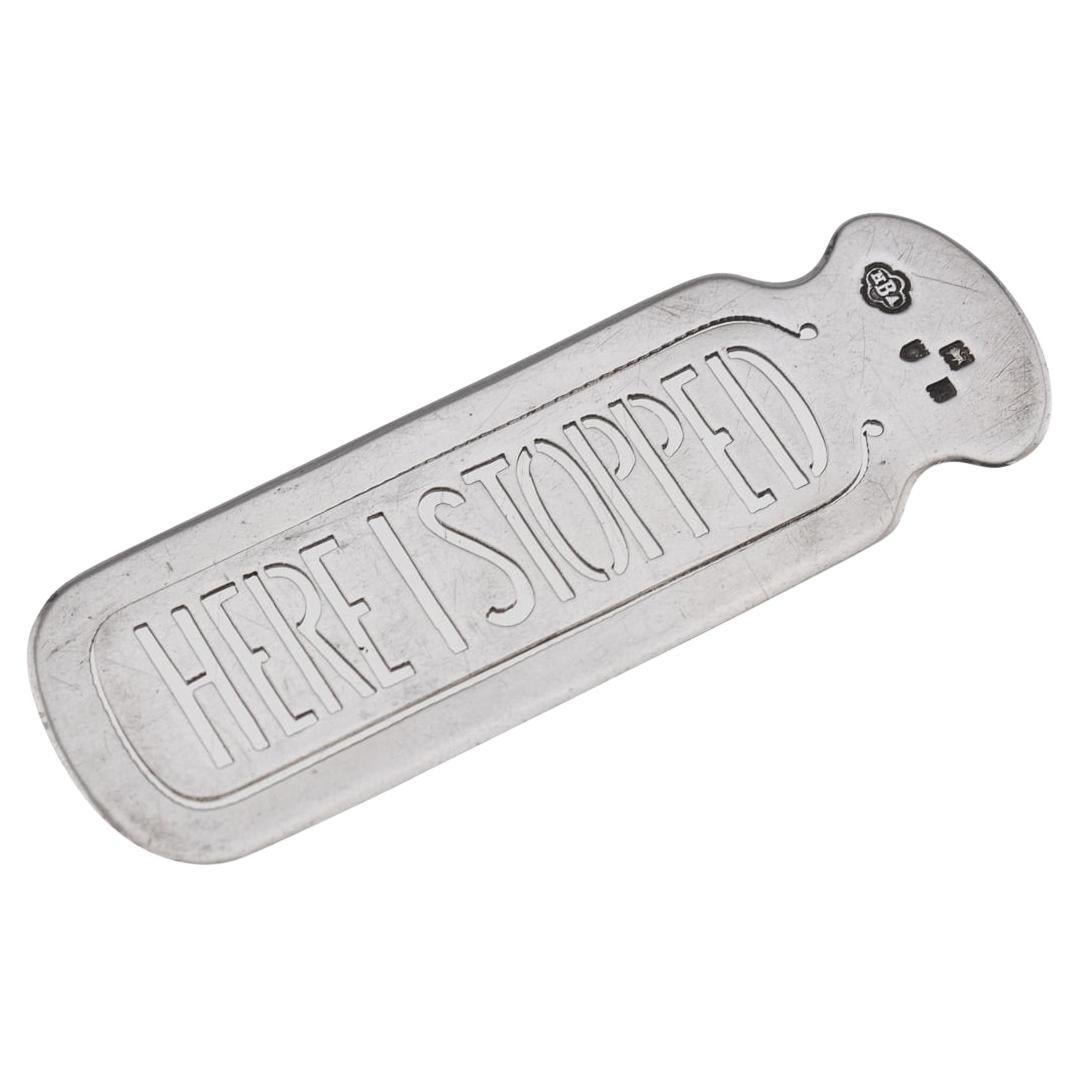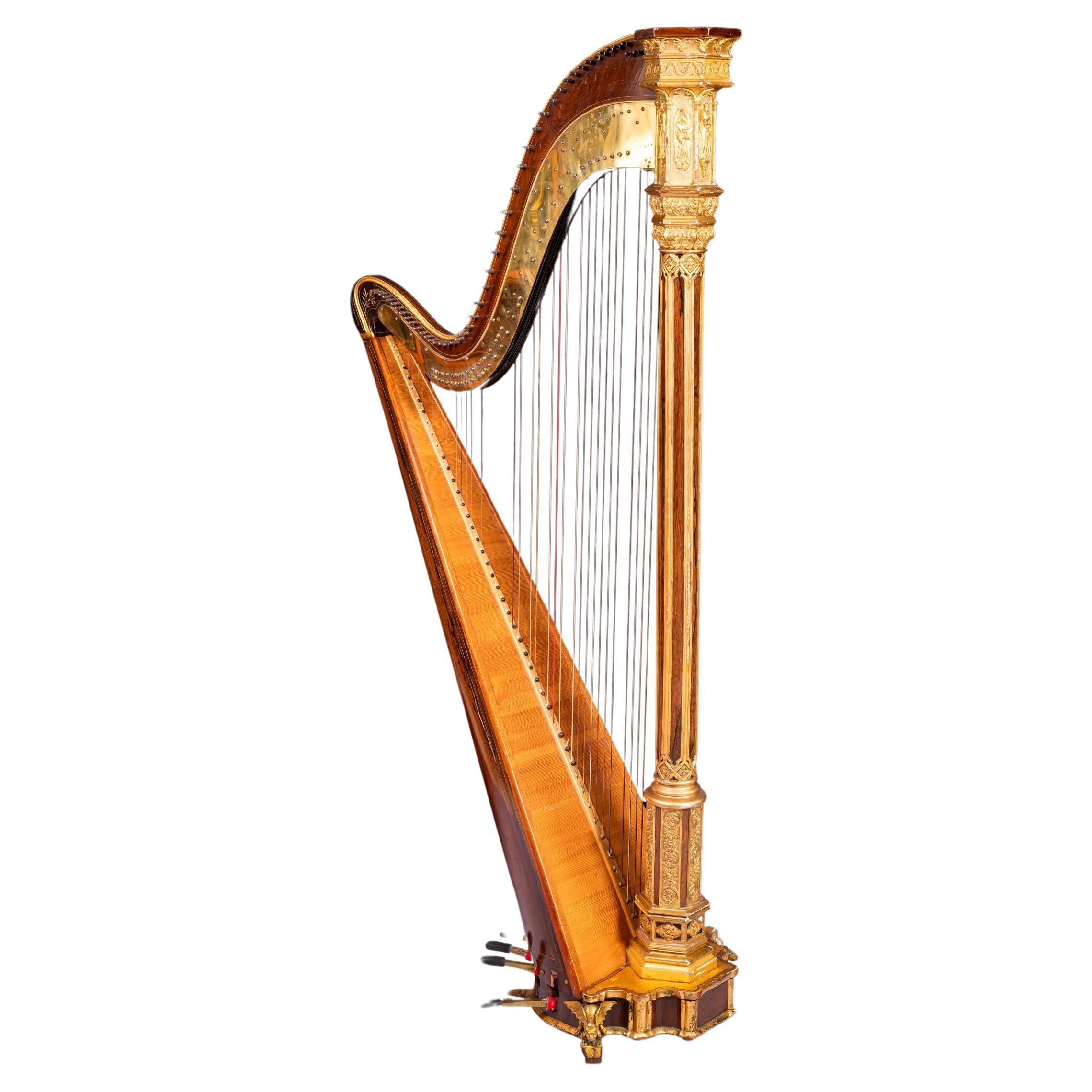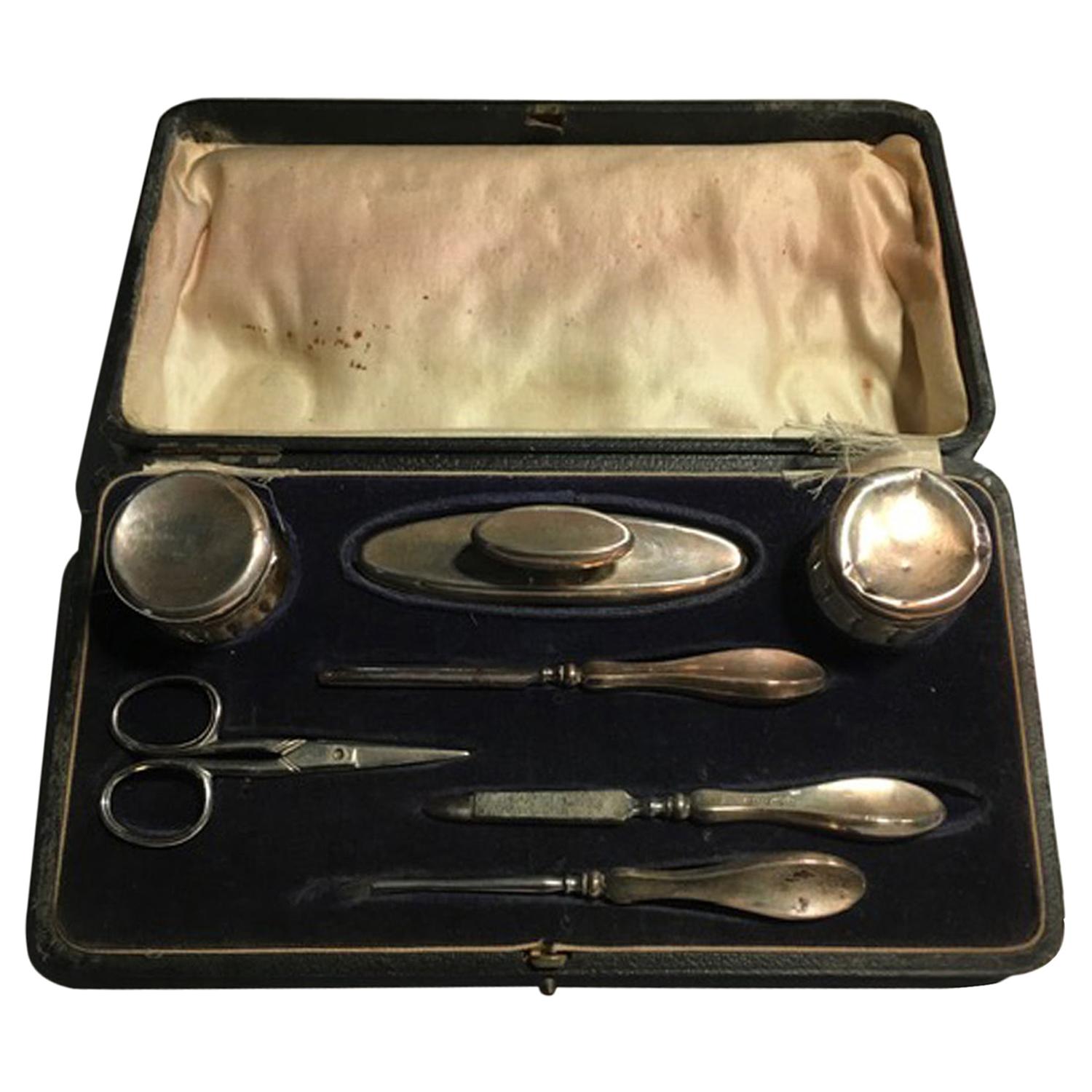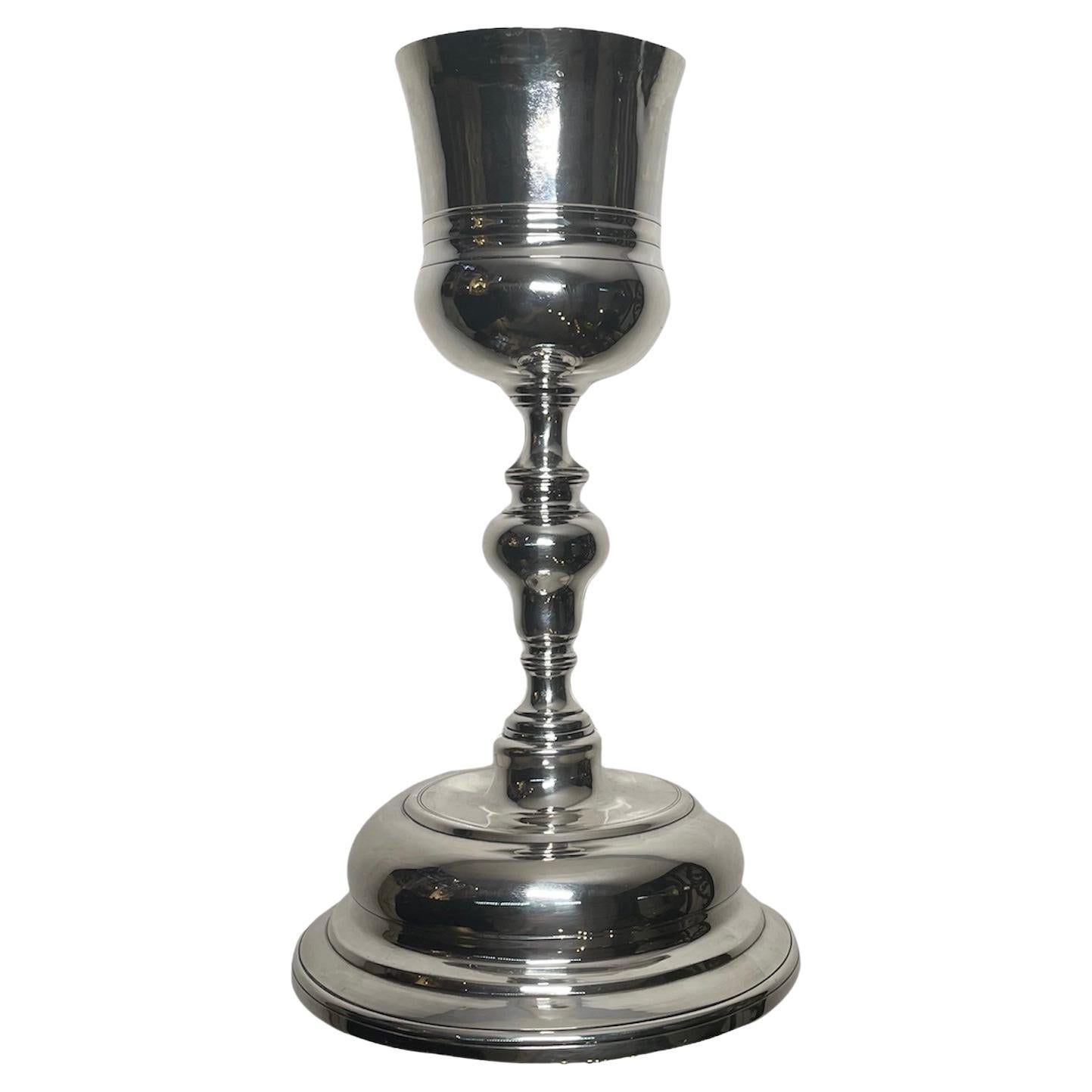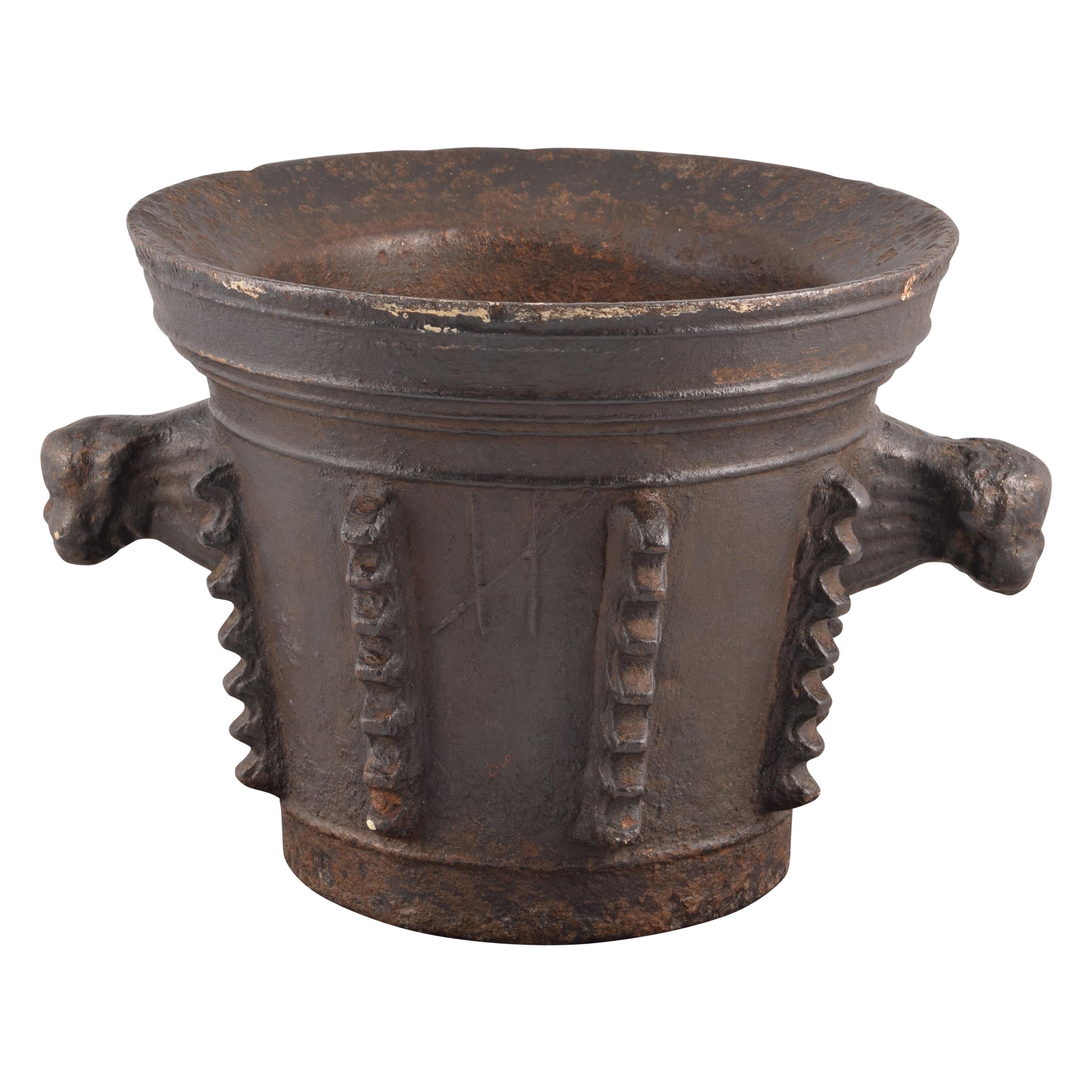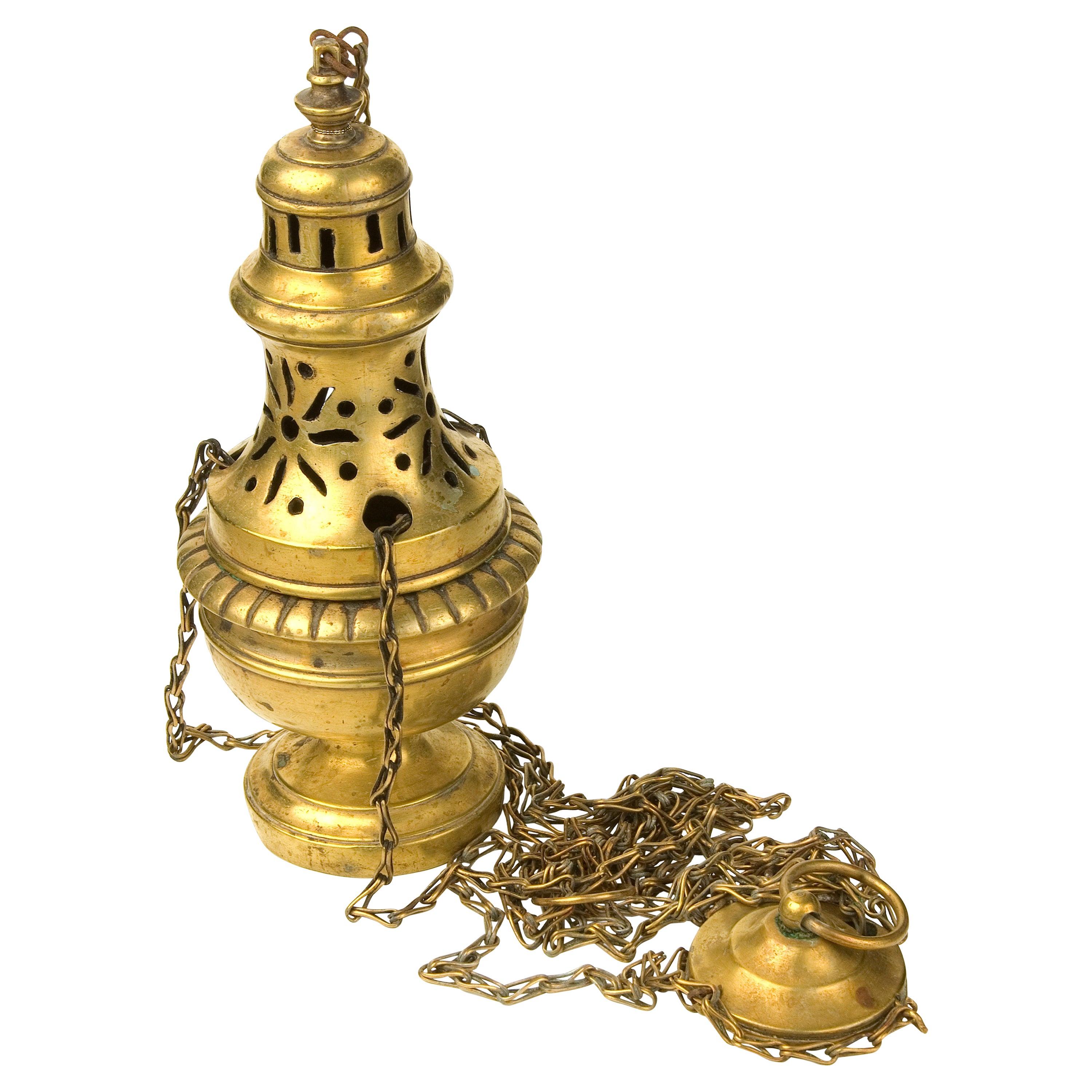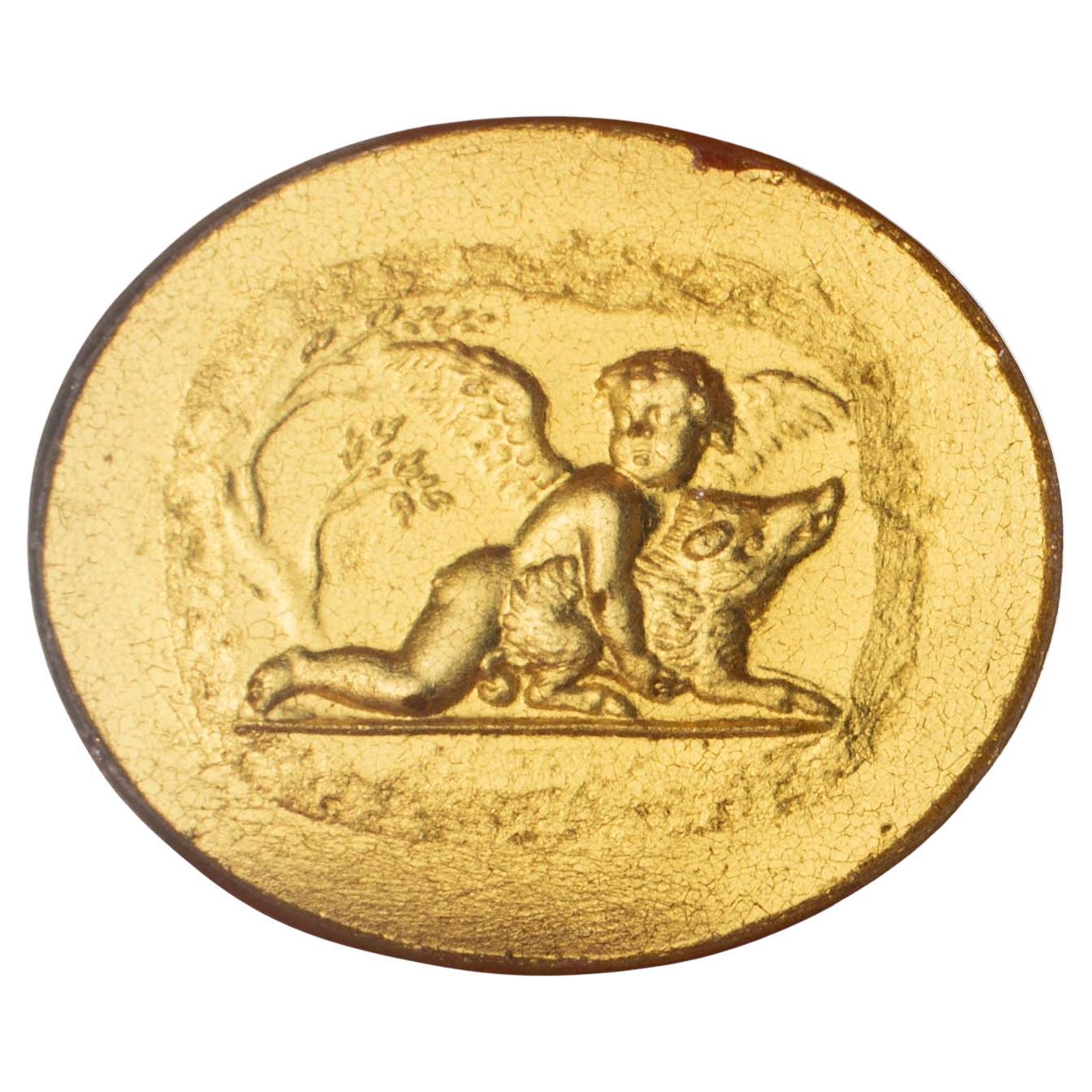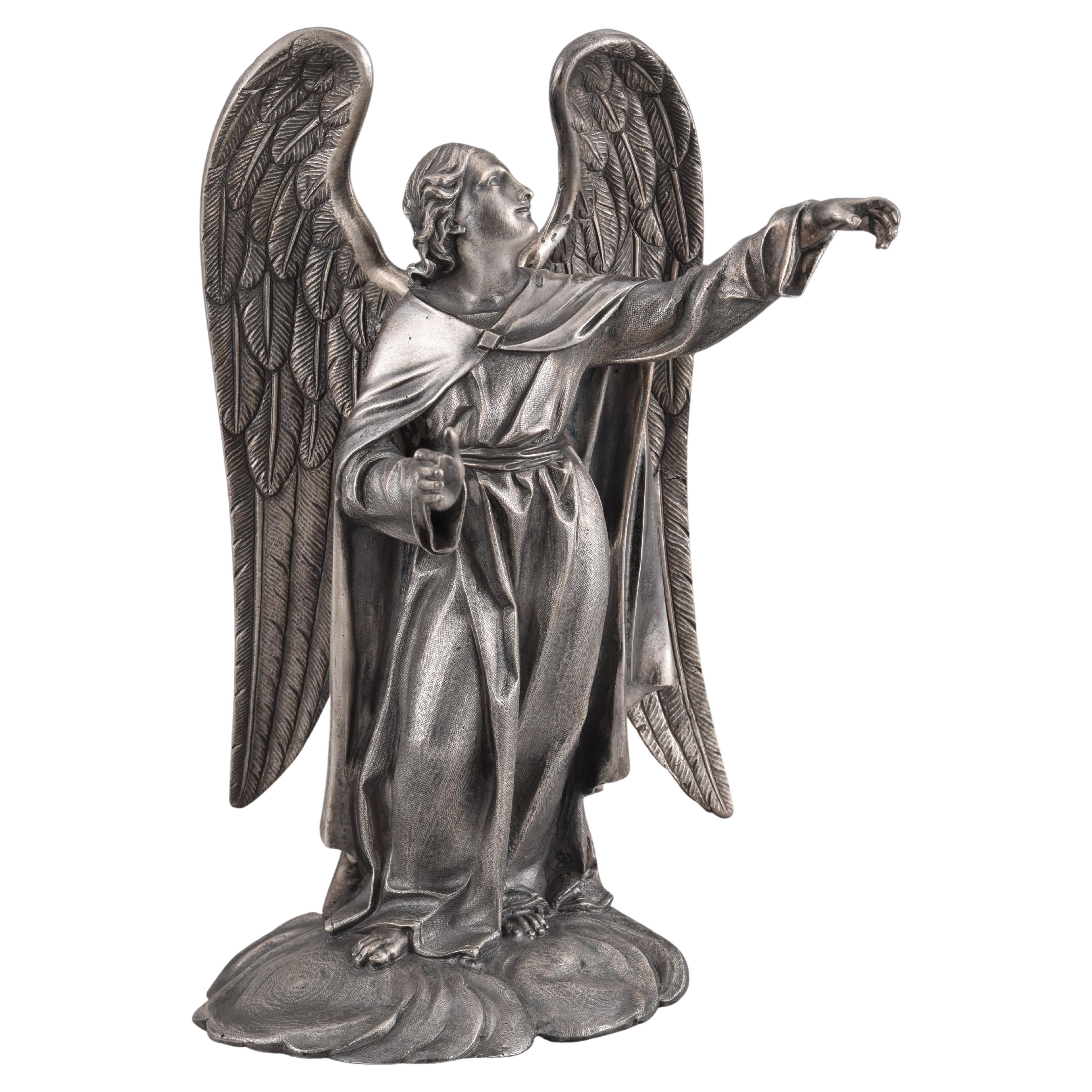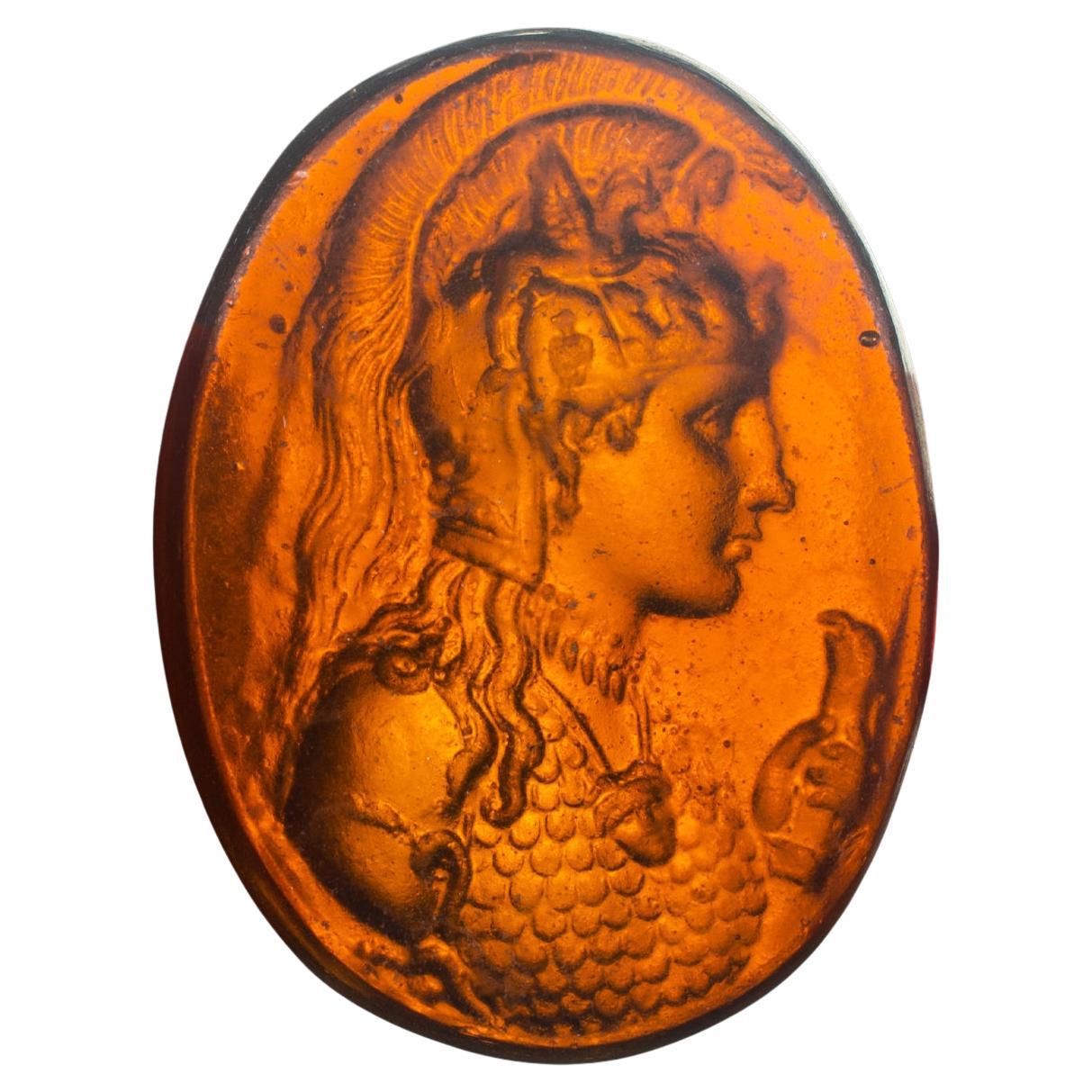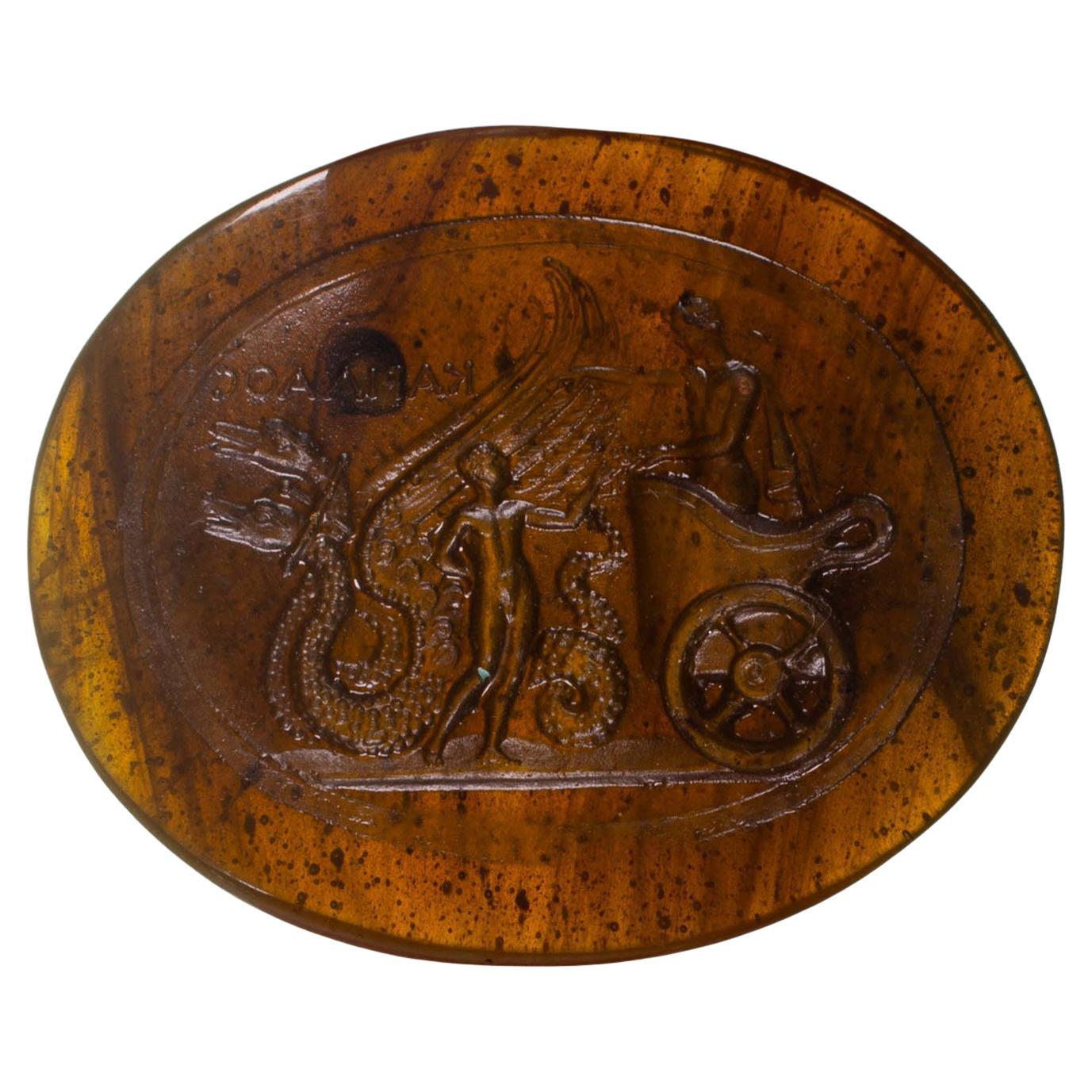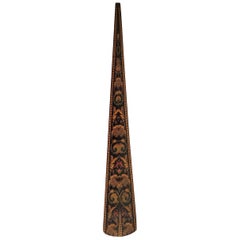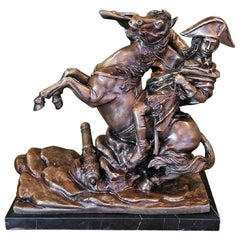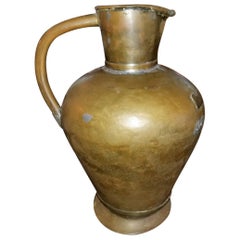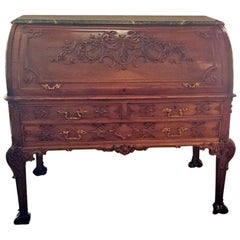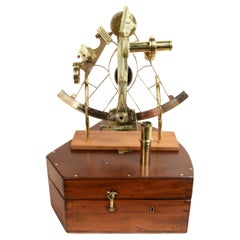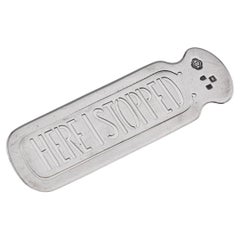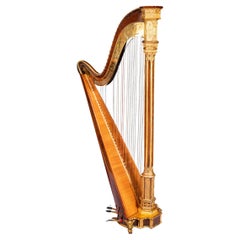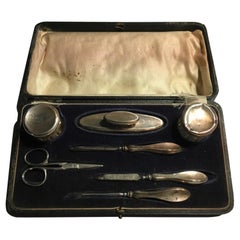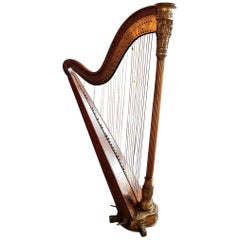
Mid 19th Century T. Dodd & Sons London Harp
View Similar Items
Want more images or videos?
Request additional images or videos from the seller
1 of 20
Mid 19th Century T. Dodd & Sons London Harp
Price:$9,350
$11,000List Price
About the Item
- Creator:Thomas Dodd (Maker)
- Dimensions:Height: 66.2 in (168.15 cm)Width: 34 in (86.36 cm)Depth: 22 in (55.88 cm)
- Style:Neoclassical Revival (Of the Period)
- Materials and Techniques:
- Place of Origin:
- Period:
- Date of Manufacture:1840-1850
- Condition:Wear consistent with age and use. Minor losses. A repair to part of the wooden support (a small filled hole). One or two pieces of the carved giltwork is missing on the base.
- Seller Location:Dallas, TX
- Reference Number:1stDibs: LU3978113370521
About the Seller
4.9
Vetted Professional Seller
Every seller passes strict standards for authenticity and reliability
Established in 2015
1stDibs seller since 2018
393 sales on 1stDibs
Authenticity Guarantee
In the unlikely event there’s an issue with an item’s authenticity, contact us within 1 year for a full refund. DetailsMoney-Back Guarantee
If your item is not as described, is damaged in transit, or does not arrive, contact us within 7 days for a full refund. Details24-Hour Cancellation
You have a 24-hour grace period in which to reconsider your purchase, with no questions asked.Vetted Professional Sellers
Our world-class sellers must adhere to strict standards for service and quality, maintaining the integrity of our listings.Price-Match Guarantee
If you find that a seller listed the same item for a lower price elsewhere, we’ll match it.Trusted Global Delivery
Our best-in-class carrier network provides specialized shipping options worldwide, including custom delivery.More From This Seller
View AllRare 19th Century English Tunbridgeware Hair Pin or Slide
Located in Dallas, TX
PRESENTING an EXTREMELY UNIQUE and RARE 19C British Tunbridgeware Hair Pin/Bobbin or Slide.
This slide is unlike any of it’s kind we have seen before, it is a VERY RARE survivor.
From circa 1860 – 80 and made in Tunbridge Wells, England.
Made of walnut with gorgeous marquetry inlay on the entirety of the front with classic Tunbridgeware micro-mosaic all over the front. The rear is walnut.
The marquetry inlay appears to be various different woods, namely, maple, walnut and satinwood.
Would have been worn in a Lady’s hair bun with the micro-mosaic facing forward.
This would have belonged to a VERY ELEGANT LADY in the mid to late 19th Century.
Tunbridge ware is a form of decoratively inlaid woodwork, typically in the form of boxes, that is characteristic of Tonbridge and the spa town of Royal Tunbridge Wells in Kent in the 18th and 19th centuries. The decoration typically consists of a mosaic of many very small pieces of different coloured woods that form a pictorial vignette. Shaped rods and slivers of wood were first carefully glued together, then cut into many thin slices of identical pictorial veneer with a fine saw. Elaborately striped and feathered bandings for framing were pre-formed in a similar fashion.
There is a collection of Tunbridge ware in the Tunbridge Wells Museum and Art Gallery in Tunbridge Wells.
The famous makers of Tunbridge ware were in the Tunbridge Wells area of Kent; their most notable work was from circa 1830-1900.
Early makers of Tunbridge ware, in Tunbridge Wells in the mid-18th century, were the Burrows family, and Fenner and Co. In the 19th century, around 1830, James Burrows invented a technique of creating mosaics from wooden tesserae. Henry Hollamby, apprenticed to the Burrows family, set up on his own in 1842 and became an important manufacturer of Tunbridge ware, employing about 40 people.
Edmund Nye (1797–1863) and his father took over the Fenner company when William Fenner retired in 1840, after 30 years in partnership with him. Thomas Barton (1819–1903), previously apprenticed at the Wise factory, joined the Nyes in 1836, and worked as Nye’s designer; he took over the business in 1863 and continued there until his death.
In Tonbridge (near to Tunbridge Wells), George Wise (1703–1779) is known to have had a business in 1746. It continued with his son Thomas, and Thomas’s nephew George (1779–1869), who took over in 1806. In its early years the company made articles such as workboxes and tea caddies with prints of popular views; later items had pictures created from mosaics. Their workshop in Tonbridge, Wise’s Tunbridge Ware Manufactory, was next to the Big Bridge over the Medway; the building was demolished in 1886 to widen the approach to the bridge.
Tunbridge ware became popular with visitors to the spa town of Tunbridge Wells, who bought them as souvenirs and gifts. Articles included cribbage boards, paperweights, writing slopes, snuffboxes and glove boxes.
At the Great Exhibition of 1851, Tunbridge ware by Edmund Nye, Robert Russell and Henry Hollamby was shown; Edmund Nye received a commendation from the judges for his work. He exhibited a table depicting a mosaic of a ship at sea; 110,800 tesserae were used in making the picture.
The manufacturers of Tunbridge ware were cottage industries, and they were no more than nine in Tunbridge Wells and one in Tonbridge. The number declined in the 1880s; competent craftsmen were hard to find, and public tastes changed. After the death of Thomas Barton in 1903 the only surviving firm was Boyce, Brown and Kemp, which closed in 1927.
Marquetry was an old technique which was continued by Nye and Barton to create images such as birds or butterflies.
‘Green Oak’ as caused by the fungus Chlorociboria aeruginascens.
Stickware and half-square mosaic was invented by James Burrows in about 1830: a bunch of wooden sticks of different colours, each having triangular or diamond-shaped cross section, were tightly glued together; in the case of stickware, the resulting block was dried, then turned to form an article such as the base of a pincushion. For half-square mosaic, thin slices were taken from the composite block, and applied to a surface.
Tesselated mosaic, was a development by James Burrows of half-square mosaic; it was adopted by George Wise and Edmund Nye. Minute tesserae were used to form a wide variety of geometric and pictorial designs.
Many sorts of wood were used for the various colours; about 40 were in regular use. Only natural colors were used; green was provided by “green oak”, produced by the action of fungus on fallen oak. Designs for articles were often taken from designs of Berlin wool work.
Category
Antique Late 19th Century English High Victorian Collectible Jewelry
Materials
Satinwood, Walnut
19th Century Bronze Sculpture of Napoleon Crossing the Alps
Located in Dallas, TX
PRESENTING A LOVELY late 19C Bronze Sculpture of Napoleon Crossing the Alps.
19th Century Bronze of Napoleon on Horseback in Battle, with c...
Category
Antique Late 19th Century French Napoleon III Figurative Sculptures
Materials
Belgian Black Marble, Bronze
19th Century Large Civil War Era Bronze and Tin Pitcher
Located in Dallas, TX
Presenting a fabulous historic treasure of times past, namely, a 19th century large Civil War Era bronze and tin pitcher.
From circa 1850, this is an American frontier piece.
I...
Category
Antique Mid-19th Century American American Classical Pitchers
Materials
Brass, Bronze, Copper, Tin
19th Century Hampton & Sons Chinese Chippendale Cylinder Desk
By Thomas Chippendale
Located in Dallas, TX
Presenting an absolutely gorgeous mid-late 19th century British Chinese Chippendale style cylinder desk from the renowned maker of Hampton & Sons, of Pall Mall, London.
This stunnin...
Category
Antique Late 19th Century English Chinese Chippendale Desks
Materials
Mahogany
19th Century American Cutler & Sons Model 1 Roll Top Desk
Located in Dallas, TX
Presenting a glorious piece of Americana namely, a 19th century American Cutler & Sons model 1 roll top desk.
This is the prototype of the well-known Cutler & Sons patented desk...
Category
Antique Late 19th Century American American Craftsman Desks
Materials
Walnut
The Son of Tarzan First Edition
By Edgar Rice Burroughs
Located in Dallas, TX
Presenting a gloriously rare book …. The Return of Tarzan First Edition by Edgar Rice Burroughs Grosset & Dunlap 1st Edition.
Very good +, squa...
Category
Early 20th Century American Romantic Books
Materials
Paper
You May Also Like
Brass sextant signed Imray & Son 89 & 102 Minories London mid-19th century
Located in Milan, IT
Brass sextant signed Imray & Son 89 & 102 Minories London, datable to around mid-19th century, instrument housed in its original mahogany box shaped like the instrument with hinges, ...
Category
Antique Mid-19th Century Nautical Objects
Materials
Brass
19th Century Victorian Solid Silver Bookmark By J Batson & Son, London c.1899
By Henry John & Albert Edward Batson
Located in Royal Tunbridge Wells, Kent
Antique late 19th Century Victorian solid silver bookmark. The bookmark is in the shape of a bottle, with an unusual cut out section within that says "HERE I STOPPED". A wonderful ad...
Category
Antique 19th Century British Other Books
Materials
Silver
Early 19th Century Parcel Gilt Gothic Revival Harp By Sebastian Erard
By Sébastien Érard
Located in Dublin, IE
A very fine and elegant Regency Satinwood and parcel-gilt double action Harp from the workshop of the famous harp and piano maker Sebastian Erard (1752-1831), decorated in the Grecia...
Category
Antique Early 19th Century English Gothic Revival Musical Instruments
Materials
Brass
London Mid-19th Century Vanity Kit Set Sterling Silver
Located in Brescia, IT
Not easy to find this original box, with this kit set composed of 8 pieces for nail manicure. A piece to collect or to add in a wunderkammer.
In sterling silver, all marked.
With ce...
Category
Antique Mid-19th Century British Baroque Scientific Instruments
Materials
Crystal, Sterling Silver
19th Century Spaniard Silver Chalice
Located in Guaynabo, PR
This is a 19th century Spaniard Silver Chalice. It depicts a bell shaped cup supported by a a baluster like stem standing over a round three steps base...
Category
Antique 19th Century Spanish Neoclassical Revival Religious Items
Materials
Silver
Iron pharmacy mortar. 18th-19th centuries.
Located in Madrid, ES
Iron pharmacy mortar. 18th-19th centuries.
Old mortar for pharmaceutical use, made of cast iron. It follows the usual structure for this type of utensil between the 15th and 19th ce...
Category
Antique 19th Century Spanish Neoclassical Revival Scientific Instruments
Materials
Iron
